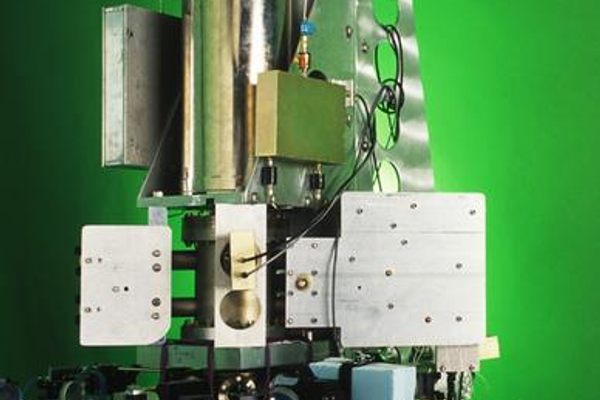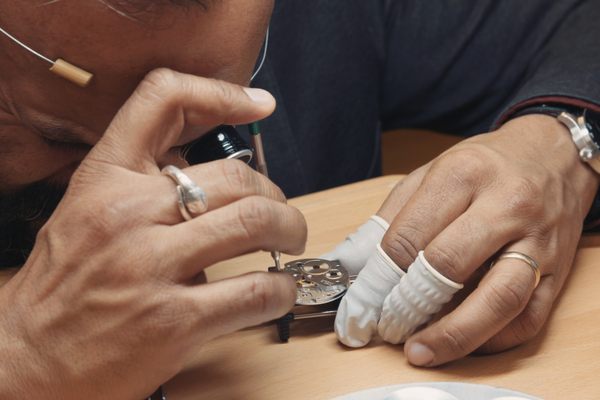100 Wonders: The Atomic Clock
How long is a second? How do we know what time it is? And how can we be sure that two clocks are running at the same pace?
The intangibility of time makes it tricky to standardize. We can, for example, confirm the exact weight of a kilogram by consulting the International Prototype Kilogram. The mass of this piece of iron, rarely handled so as not to rub off any precious atoms, sets the standard. But for time, there can be no object to refer to—so what determines the exact length of a second?
In 1967, the International Committee of Weights and Measures defined a second as the “duration of 9,192,631,770 periods of the radiation corresponding to the transition between the two hyperfine levels of the ground state of the caesium 133 atom.”
It is this principle that guides the operation of the NIST-F2, a caesium fountain atomic clock that rules all other U.S. timepieces. The NIST-F2 is the clock that defines a second. The process it uses is, needless to say, extremely complex, but, basically, it measures the frequency of microwaves needed to produce maximum fluorescence in a ball of cesium atoms. The “fountain” in its title refers to the rising and falling of the ball of cesium atoms, which is produced by a group of lasers.
The NIST-F2 is the creation of NIST, or the National Institute for Standards and Technology. NIST’s job is to measure, calibrate, and standardize things. Besides straightforward stuff like working to come up with standards for voting technology, standardized government ID cards, and standards for MRI machines, the organization works on standards for cutting-edge tech like nanotechnology and quantum computing.
Precisely accurate time—measured not down to the second, but down to the nine-billionth of a second—can aid advances in telecommunications, satellites and medical technology. It also allows for the utmost accuracy in scientific experiments where the tiniest measurements can make a huge difference—for example, determining the presence of fluctuations in what we perceive as constants of the universe.
For all its high-tech impressiveness, even the NIST-F2 will soon be obsolete. The newest NIST clocks use lasers instead of microwaves to measure the frequency of light on atoms near absolute zero. While the NIST-F2 is said to be so accurate that two clocks would not drift by a second over the course of a million years, the newest optical clocks are so accurate they will drift less than a second over the age of the universe.

This story appeared as part of Atlas Obscura’s Time Week, a week devoted to the perplexing particulars of keeping time throughout history. See more Time Week stories here.


































Follow us on Twitter to get the latest on the world's hidden wonders.
Like us on Facebook to get the latest on the world's hidden wonders.
Follow us on Twitter Like us on Facebook